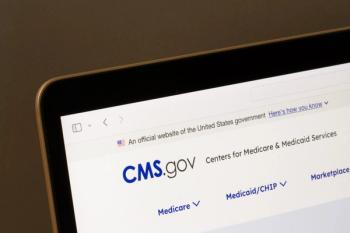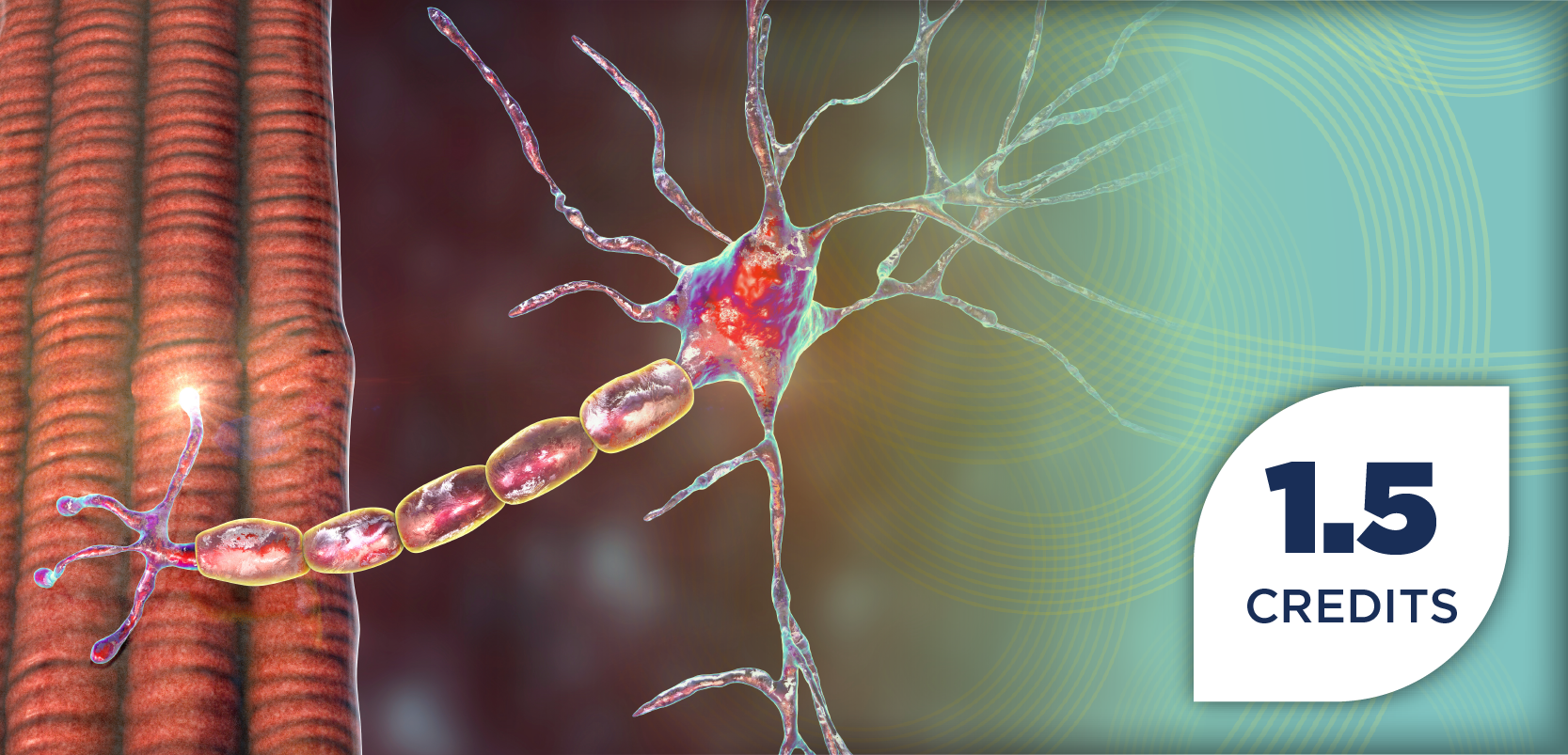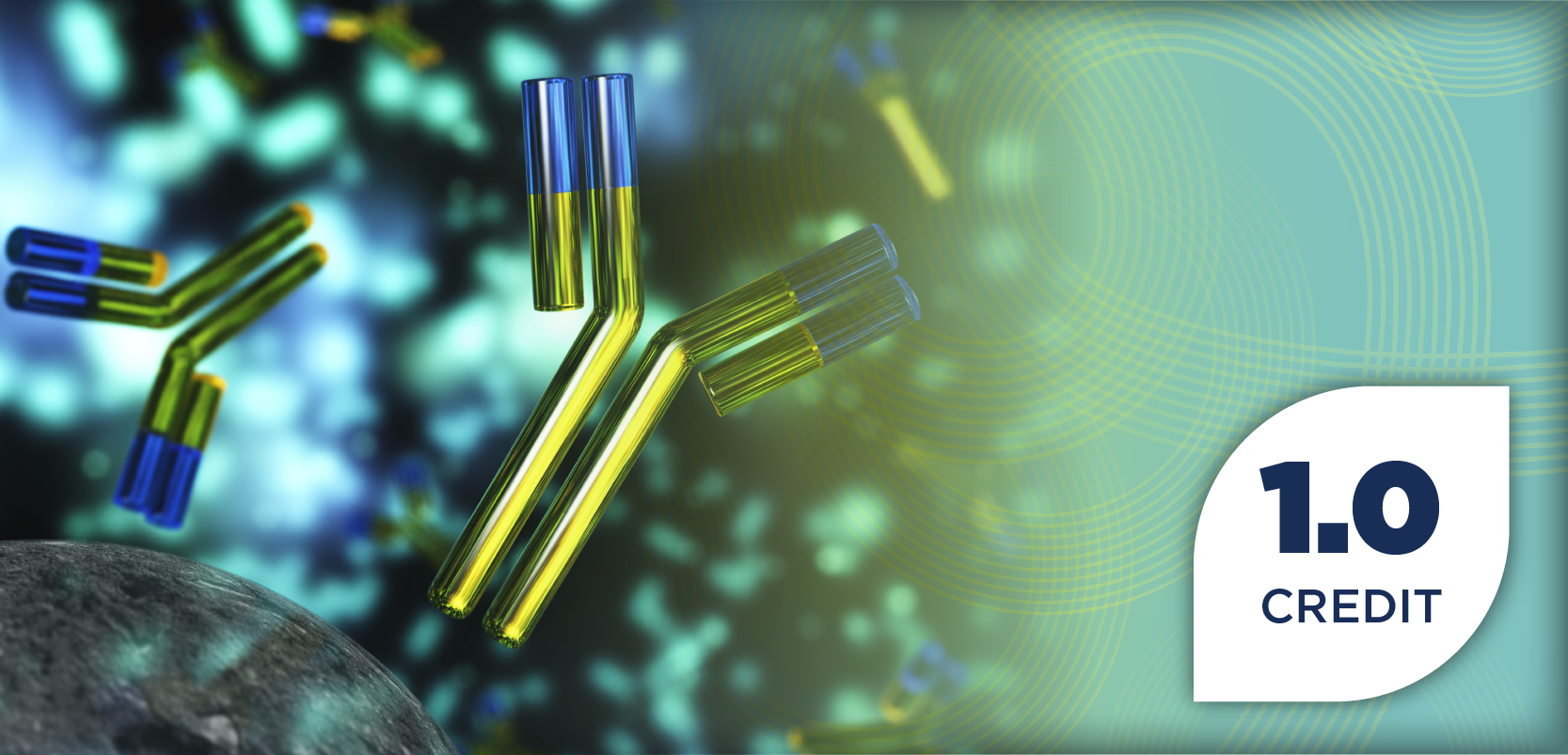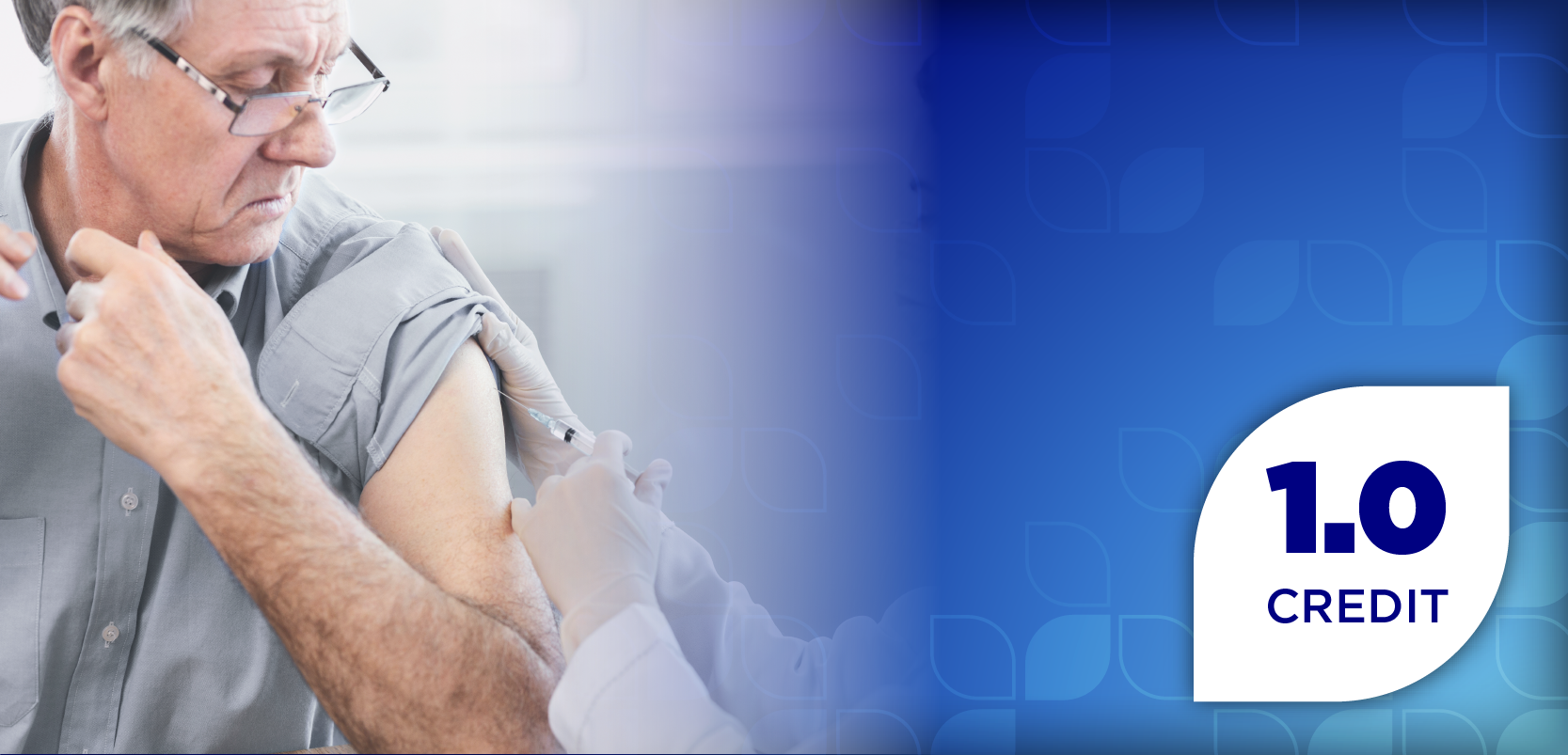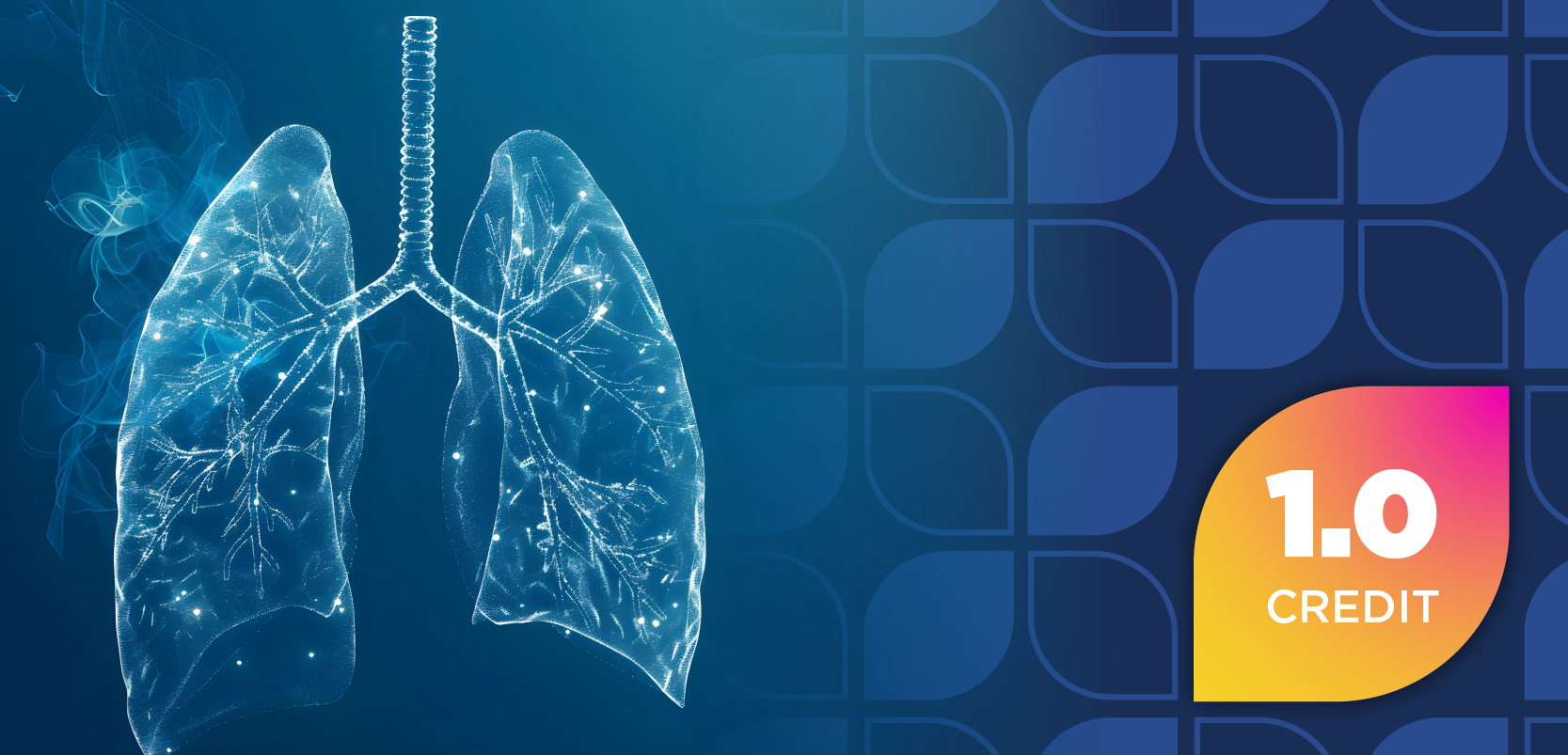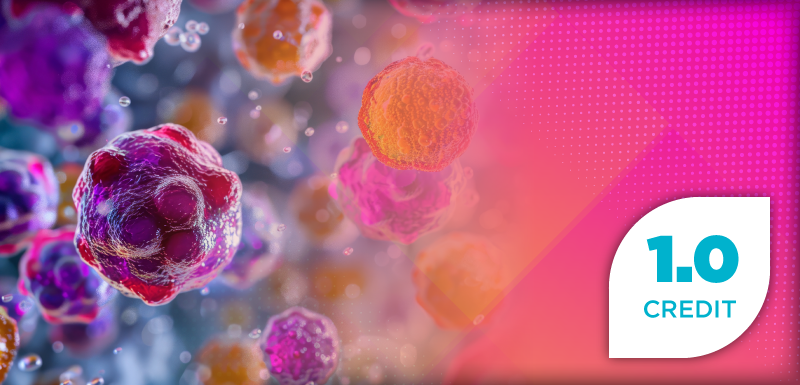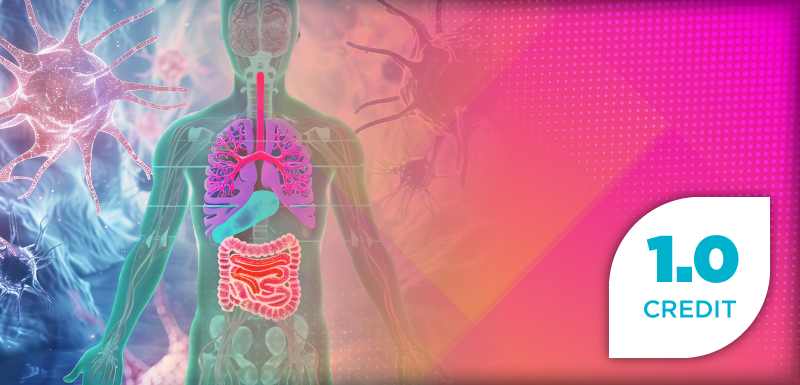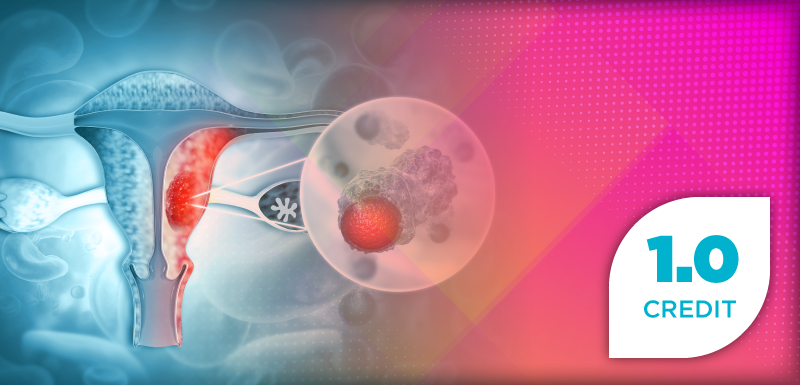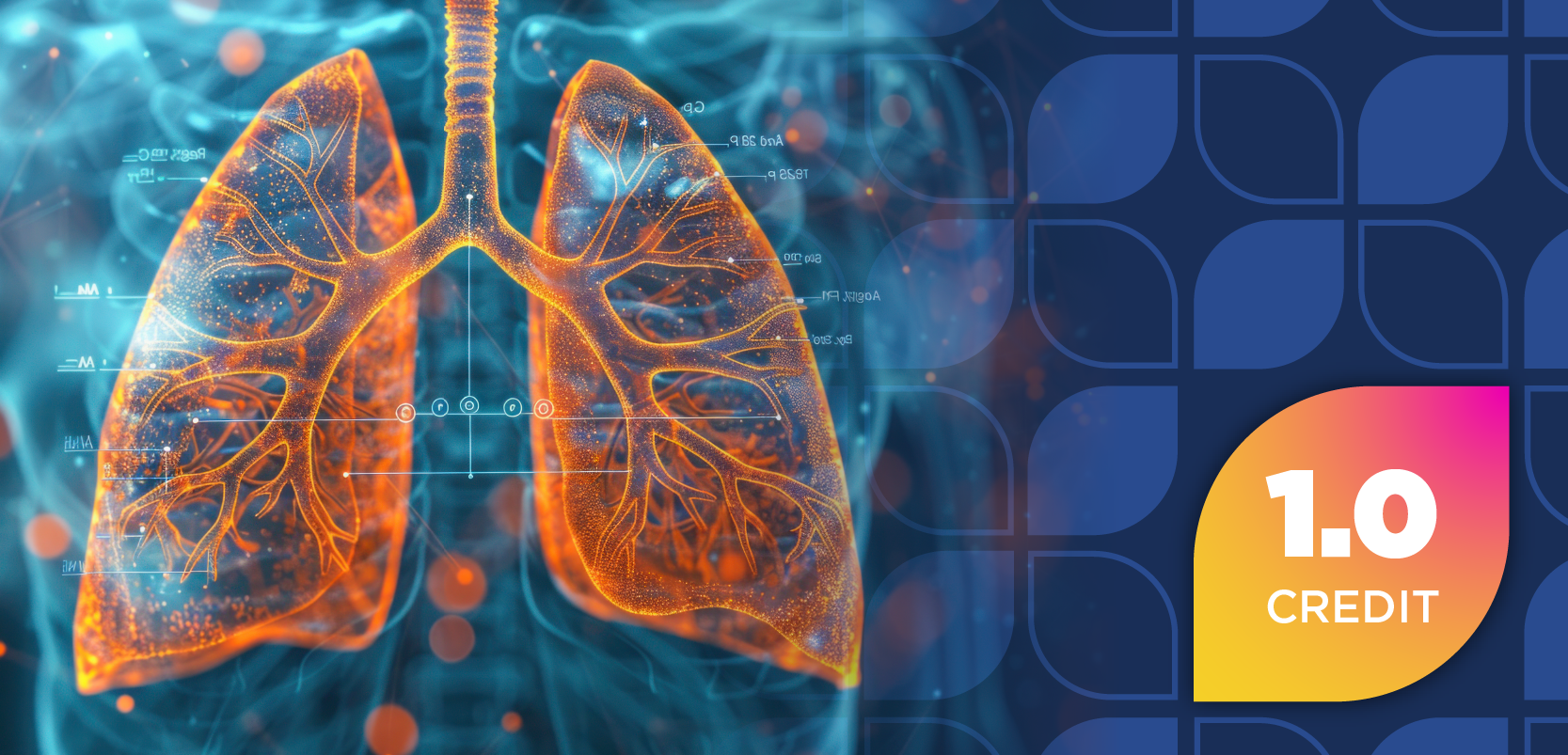
Newer Diabetes Medications Associated With Lower Risk of MACE, Reductions in Hemoglobin A1c
Sodium-glucose cotransporter 2 inhibitors are more cardioprotective in older adults and glucagon-like peptide-1 receptor agonists for younger patients.
Investigators found that sodium-glucose cotransporter 2 (SGLT2) inhibitors and glucagon-like peptide-1 (GLP-1) receptor agonists were associated with a lower risk of major adverse cardiac events (MACE). For the age-based analysis, SGLT2 inhibitors were found to be more cardioprotective in older patients compared with younger patients, and GLP-1 medications were more cardioprotective for younger patients, according to data from a JAMA review.
GLP-1 receptor agonists and SGLT2 inhibitors are considered newer classes of diabetes medication, with GLP-1s reducing blood sugar levels, facilitating weight loss, and protecting against heart and kidney diseases. SGLT2 medications are similar to GLP-1s in protective benefits, however, the medication work in different ways and can be taken together.2
Currently, there are no clinical guidelines for diabetes therapies for male and female patients or across different age groups. Therefore, investigators aimed to determine the efficacy of newer diabetes therapies—SGLT2 inhibitors, GLP-1 receptor agonists, and dipeptidyl peptidase 4 (DPP4) inhibitors—for different ages and sex. In the review, investigators performed a systematic review and meta-analysis of trial data, including adults 18 years and older who were diagnosed with type 2 diabetes. Patients were taking SGLT2 inhibitors, GLP-1 receptor agonists, or DPP4 inhibitors, and investigators assessed the efficacy on glycated hemoglobin A1c or MACE compared with either a placebo or an active comparator.1
Investigators identified 672 eligible trials and 601 in the network meta-analysis. Of the 601 trials in the network meta-analysis, 498 only had aggregated data and 103 had individual patient data. For hemoglobin A1c, 592 trials, including 309,503 reported data on it with 23 trials (168,489 patients) included information on MACE. Further, 14 trials reported on both outcomes.1
Overall, the treatments included in all the trials reduced hemoglobin A1c by approximately –0.5% to 1.5%, but the effects of MACE were reduced by GLP-1 receptors and SGLT2 inhibitors, but not DPP4 inhibitors. For age-related outcomes, the use of SGLT2 inhibitors showed less hemoglobin A1c lowering. With increased age as a monotherapy (absolute reduction, 0.24% [95% CrI, 0.10% to 0.38%] per 30-year increment in age), dual therapy (absolute reduction, 0.17% [95% CrI, 0.10% to 0.24%]), and triple therapy (absolute reduction, 0.25% [95% CrI, 0.20% to 0.30%]). Alternatively, GLP-1 receptor agonists were associated with a greater hemoglobin A1c increasing age as a monotherapy (absolute reduction, −0.18% [95% CrI, −0.31% to −0.05%] per 30-yer increment in age) and dual therapy (absolute reduction, −0.24% [95% CrI, −0.40% to −0.07%]), but not for triple therapy (absolute reduction, 0.04% [95% CrI, −0.02% to 0.11%]). DPP4 inhibitors only showed a slightly better association in older adults as a dual therapy, but not monotherapy or triple therapy.1
For MACE, SGLT2 inhibitors for older patients was associated with a greater reduction (HR, 0.76 [95% CrI, 0.62-0.93] per 30-year increment in age) with GLP-1 receptor agonists being associated with lower relative reductions (HR, 1.47 [95% CrI, 1.07-2.02] per 30-year increment in age). Investigators added that there was a null effect for DPP3 inhibitors. For sex-specific outcomes, neither GLP-1s or SGLT2 inhibitors had interactions based on sex. Further, there were no age- or sex-related interactions between class of medications, gastrointestinal events, hypoglycemia, or urinary tract infections. Neither sex nor age were related to serious adverse events for any of the 3 drug classes.1
REFERENCES
1. Hanlon P, Butterly E, Wei L, et al. Age and Sex Differences in Efficacy of Treatments for Type 2 Diabetes: A Network Meta-Analysis. JAMA. Published online February 03, 2025. doi:10.1001/jama.2024.27402
2. CDC. Use of New Diabetes Medicines. May 15, 2024. Accessed February 4, 2025. https://www.cdc.gov/diabetes/data-research/research/new-diabetes-medicines.html#
Newsletter
Pharmacy practice is always changing. Stay ahead of the curve with the Drug Topics newsletter and get the latest drug information, industry trends, and patient care tips.

